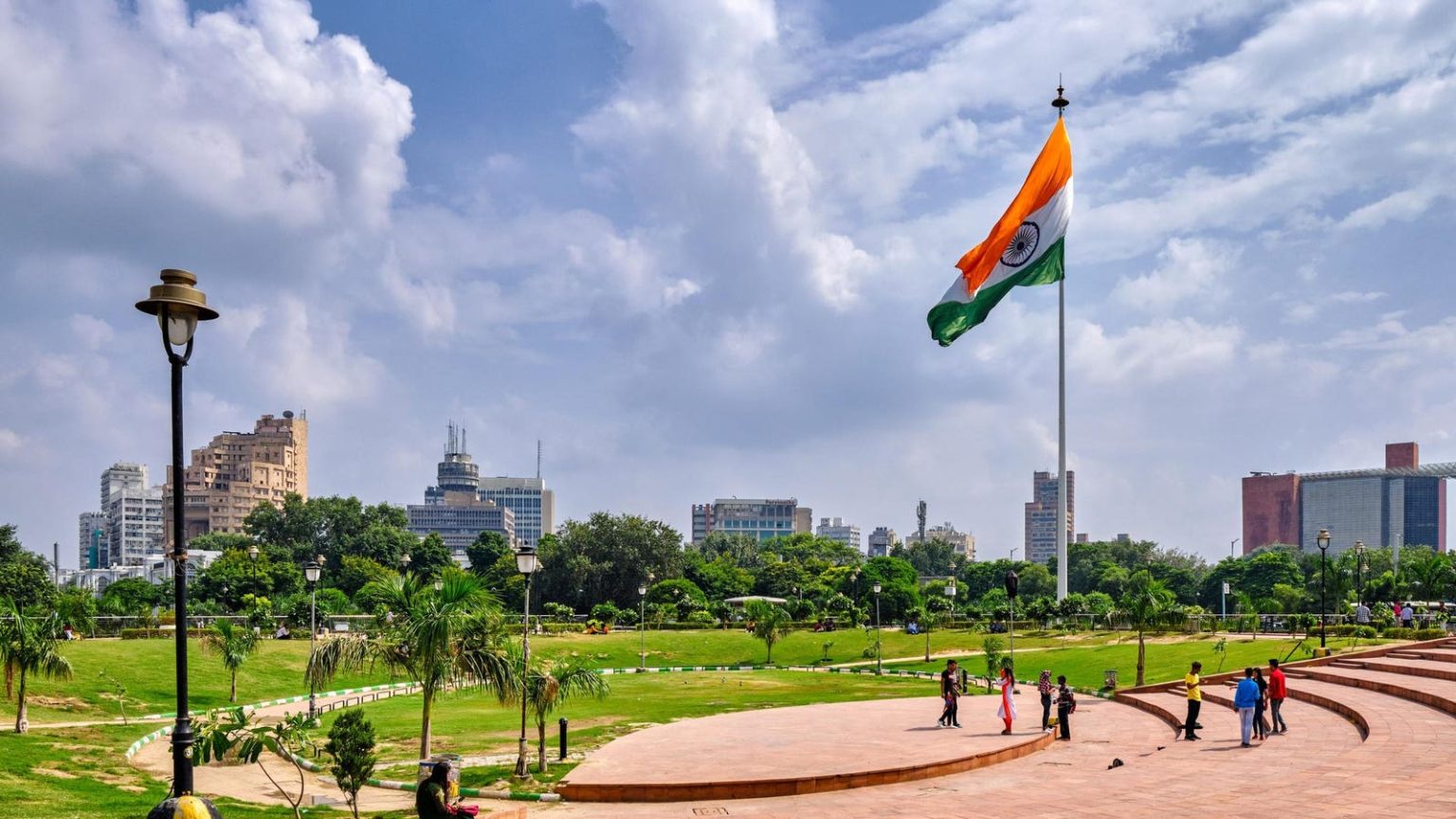India’s economy has shown remarkable resilience in the face of global challenges, with a growth rate of 7.8% in the 2023–24 fiscal year, surpassing the G20 average. This growth has been driven by strong performance in the manufacturing sector, higher-than-expected agricultural output, and robust government spending. However, the OECD predicts a slowdown in growth to 6.6% in FY 2024–25 due to weakening global demand and tightening monetary policy to address inflationary pressures. Despite this, India is still expected to outperform the G20 average.
India’s demographic dividend, with its working-age population set to peak at 68.9% by 2030, presents a significant opportunity for the country to accelerate economic growth and reduce poverty. To fully capitalize on this demographic advantage, India must focus on boosting private investment, growing its manufacturing sector, and addressing infrastructure bottlenecks. This will lay the foundation for sustainable long-term growth and development in the coming years.
Private sector investment is crucial for driving growth in critical sectors of the Indian economy. While the government has stepped up its capital expenditure to support investment, private sector investment has declined, posing a potential hurdle to long-term growth. To attract more investment, India needs to lower financing costs for businesses, develop infrastructure, and create a conducive environment for private capital to flow into key sectors like manufacturing and tech.
The manufacturing sector in India has faced challenges, with multinational companies citing labor laws, skill shortages, and high import tariffs as barriers to establishing a presence in the country. To overcome these obstacles, India needs to take cues from successful manufacturing economies like Vietnam, which have attracted MNCs through targeted policies and free trade agreements. By focusing on specialization and reducing import barriers, India can position itself competitively in the global supply chain.
Addressing bottlenecks related to infrastructure projects is crucial for India’s economic growth trajectory. While the government has increased infrastructure spending, attracting private and foreign investment remains a challenge. Streamlining regulatory processes, reducing procedural delays, and demonstrating commitment to sustainability are key steps to incentivizing investment in India’s infrastructure projects. Additionally, securing a stable supply of metals and minerals will be essential for upgrading the country’s infrastructure and supporting growth in other economic sectors.
In conclusion, India’s economy has demonstrated resilience and strong growth momentum, but challenges remain to sustain this trajectory. By focusing on boosting private investment, strengthening the manufacturing sector, and addressing infrastructure bottlenecks, India can unlock its full economic potential and leverage its demographic dividend for long-term growth and development. With strategic policy interventions and targeted reforms, India can position itself as a major player in the global economy and drive inclusive growth for its population.


